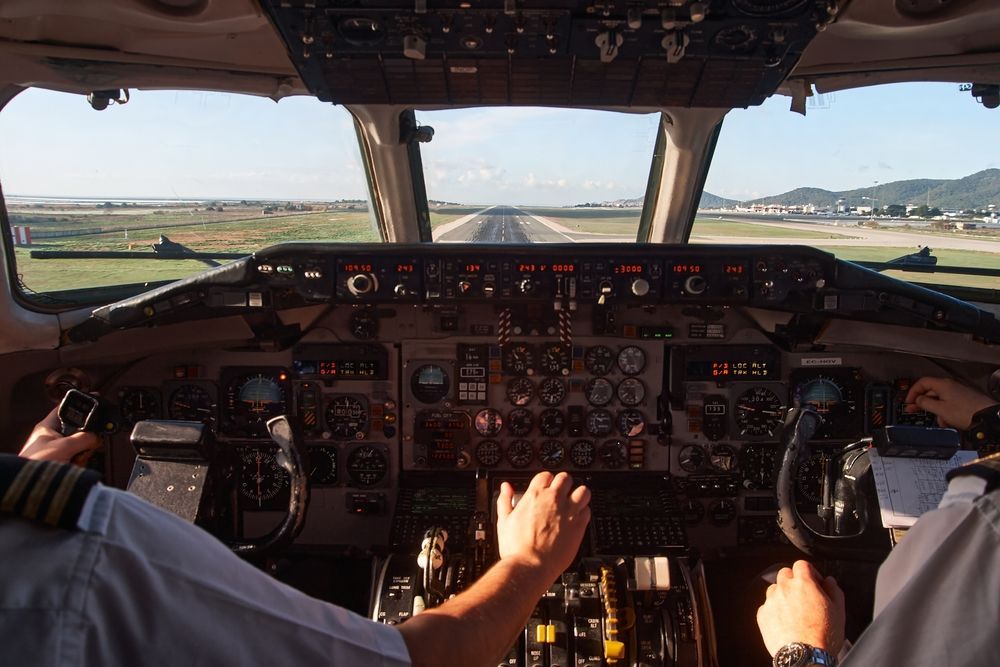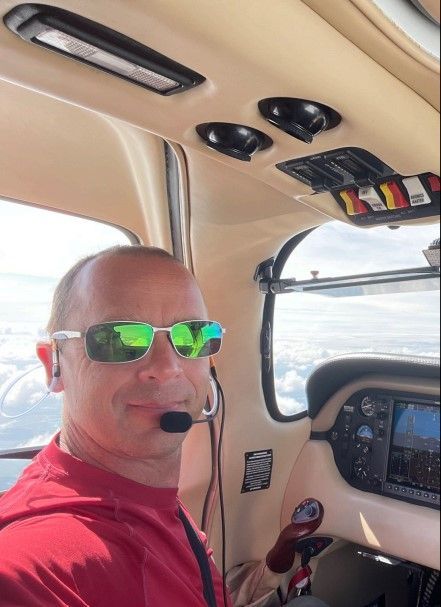
Written by: J.A. Flight Training
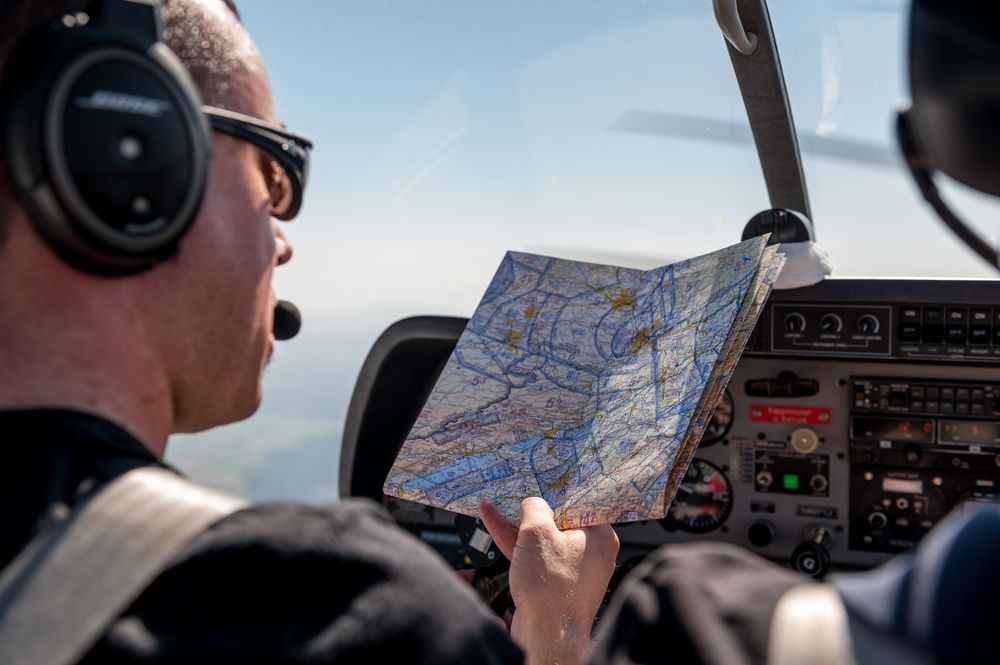
If you're a student pilot or considering becoming one, then chances are cross-country flight planning has come across your radar. Also known as an XC flight, the first cross-country flight is a major milestone on a pilot's flight training timeline and is necessary to become a pilot of any kind, from private to commercial.
It is required by American law for pilots in training to complete cross-country flights with three landing points. They must pay attention to certain distances, both total and per leg; complete a designated amount of training and night flying; and understand the equipment needed to safely complete the flight.
When planning for a cross-country flight, student pilots need an understanding of weather, airports, altitude, and more.
What is Cross Country Flight Planning?
Cross-country flight planning is exactly what it sounds like: the time you take to draw up a plan for how you will get from A to B ... and then from B to C to D. While this flight needn’t span the country coast to coast, you do need to land at an airport that is different than the one from which you departed.
To do this, student pilots must use a variety of methods to navigate. They must also log their flight hours so that they can get credit for them, in compliance with the FAA. The cross-country flight must total 150 nautical miles or more, not including a night flight of at least 100 nautical miles.
To do this successfully, students must plot out their course ahead of time, which takes plenty of preparation.
Preparing for a Cross-Country Flight
A huge number of factors go into a cross-country flight plan. These include:
- The destination airport and stops along the way (for which the student has almost 20,000 choices!)
- The local conditions at each stop
- The minimum safe altitude at each leg of the journey, so that you’re always clear of the ground, even if there’s weather and you can’t see where it is
- Time and distance
- Fuel burn and speed
- Pilotage versus dead reckoning (different methods of calculating where you are and where you should go)
- True north (north on a map) versus magnetic north (where the pole actually points), and how that factors into navigation
If that seems like a lot of factors to account for, well, that’s because it is. That’s why flight planning is so important, but don’t worry … students aren’t asked to make a cross-country flight until they’re ready.
Weather and Airport Briefings
Another part of cross-country flight planning is to study the weather and airport briefings for the places you’re going. These include challenges such as:
- How to interpret weather data, especially as first-time cross-country flyers need to maintain visual contact with the ground and so must avoid severe weather
- Airport choices and runway statuses
- Potential hazards and high points along the journey
- Possible diversions in case you need to reroute around unexpected weather
- Emergency landing destinations
- Flight regulations and frequencies in the airspace through which you’ll be flying
Equipment and Technologies for Cross-Country Flights
It goes without saying that before you make a cross-country flight or begin the planning process, you must understand the
parts of an airplane and how they work. Of course, by the time a student pilot gets around to cross-country flight planning, they have a good handle on the essential equipment and flight controls.
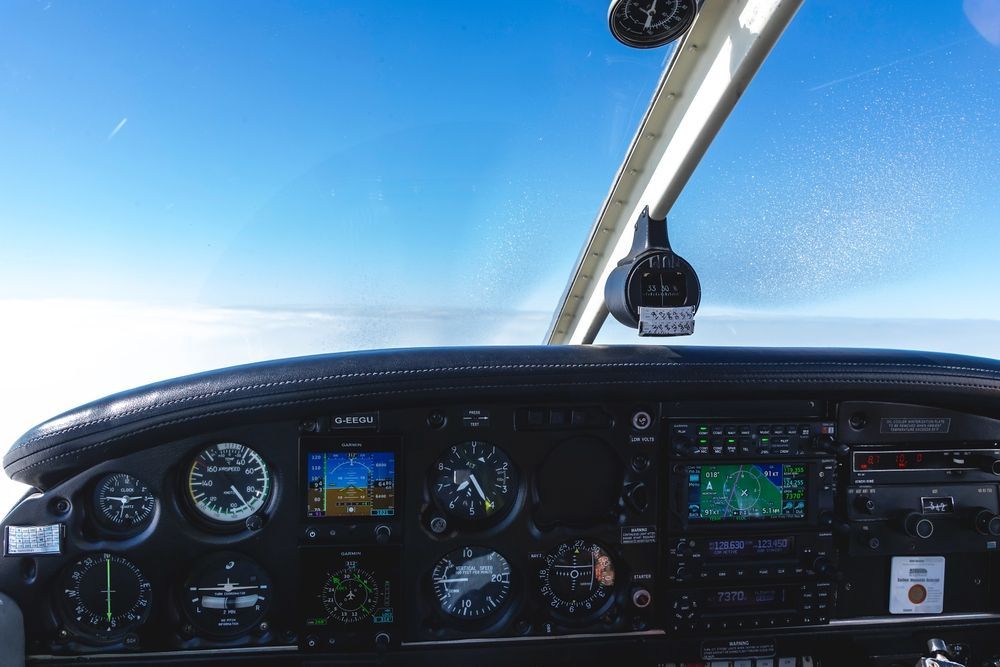
That said, it never hurts to do a review of your instrumentation, how it works, safety backups, and anything else you might need on your flight, especially if you are flying alone.
It also helps to
practice on the ground as a sort of dry run for your flight. Never forget that while emergencies are unlikely, they do happen, so it's good to run through all the potential. Plus, you might just want to make a little plan for where your sandwich and water bottle are going to live on the journey. It's the little things, right?
Tips for a Smooth and Successful Cross-Country Flight
So it’s finally time to get down to it and actually do the thing; it’s time for cross-country flight planning. Here are some tips to help it go smoothly:
Check Notices to Airmen (NOTAMs)
Notices to Airmen or NOTAMs are informational bulletins that let pilots know if anything might impact their journey. Possibilities include:
- Out-of-service runways
- Weather
- Ground conditions
- Temporary flight restrictions (TFRs)
- Current events (e.g. an airshow) that might impact the route
Get an Updated Weather Report
Before you file your flight plan, make sure to get an updated weather report. Those storm clouds can pile up fast, so make sure that in the hours you've spent planning, your route hasn't gotten cloudy … stormy … or worse.
File Your Flight Plan
Have pilots forgotten to file their flight plans with the FAA before? Of course. Should you do that? Of course not. Filing your flight plan lets people know where you are and where you’re headed, which is critical for safety and coordination.
Once you're finished with your flight plan, file it by calling 1-800-WXBRIEF. That gives the pertinent airports information about what you're flying, how long your route will take, and where you're traveling so that they can give your information to Air Traffic Control.
Get Ready with J.A. Flight Training
Truthfully, the most nerve-wracking part of this major milestone is the cross-country flight planning process itself. Once you have a plan, you are prepared for the experience and can settle in to enjoy it.
The best way to overcome your nerves and build new skills fast is to enroll in the right pilot program. Whether you want to become a professional pilot, train others, or just fly for the joy of it, J.A. Flight Training is here to help,
so get in touch today.
